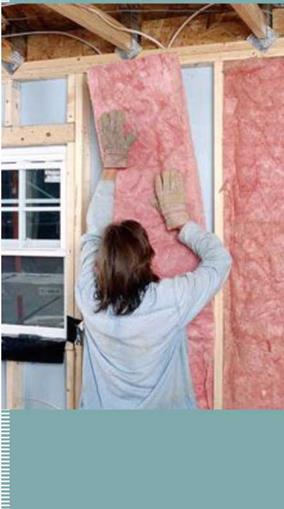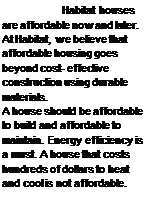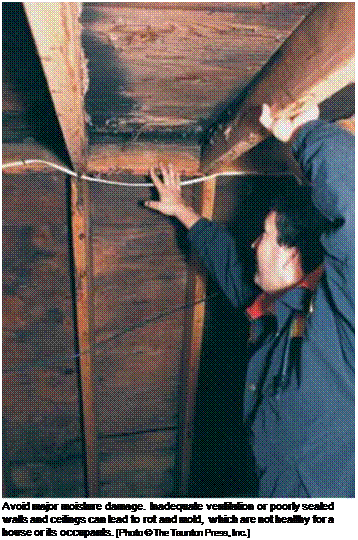INSIDE
Sealing, Insulating, and Ventilating a House
The old house I was born in still stands out there on the prairie. When I was a child, the house was simply unheatable in the wintertime. We definitely spent more dollars trying to heat the house than we did on the mortgage. Nowadays, the house has new doors and windows, insulation in the ceiling, and a real heating system—not just an old iron stove in the kitchen. But there are still plenty of cracks and gaps in the walls for those everpresent western winds to howl through.
Thankfully, we don’t build houses like we used to. Today, there are materials and methods available that allow us to design and build energy-efficient houses that hold heat during the winter and keep it out during the summer.
But attaining high levels of comfort and energy efficiency is not always a simple feat. In fact, it can be the most technically complex aspect of building a house.
The products that we use to seal, insulate, and ventilate houses may do more harm than good if they’re not installed correctly. Common problems include poor indoor-air quality, peeling paint on interior and exterior surfaces, moldy bathrooms, and rotten wood in walls and ceilings (see the photo on p. 196). Sometimes we solve one problem (such as cold air infiltration during winter months) and cause another (high concentrations of stale, humid indoor air, for example). And thanks to the significant climate differences in this vast country of ours, what works in Maine may be ineffective in Texas.



 Although there is no standard approach to building a tight, comfortable, and energy-efficient house with good indoor-air quality, it’s not difficult to achieve those goals if you understand how a house works in terms of insulation, airtightness, and ventilation. This is especially true with the basic, affordable houses that Habitat builds. This chapter explains the concepts, materials,
Although there is no standard approach to building a tight, comfortable, and energy-efficient house with good indoor-air quality, it’s not difficult to achieve those goals if you understand how a house works in terms of insulation, airtightness, and ventilation. This is especially true with the basic, affordable houses that Habitat builds. This chapter explains the concepts, materials,


and techniques to make your house comfortable, healthy, and energy efficient no matter what the temperature is outside. To expand your knowledge, see Resources on p. 279.
Before we dig into the technical details, here’s a final thought to keep in mind as you tackle the sealing, insulation, and ventilation work on your building project: Try to keep everyone aware of these important issues.
When houses were built with simple materials, they were both leaky and energy inefficient. People working in the trades didn’t really need to understand the work of those preceding or following them. To build a safe, energy – efficient, nontoxic house, everyone involved in its construction must have more knowledge and work together. Otherwise, a house that was perfectly sealed and insulated can be left riddled with holes by a plumber, electrician, or heating contractor who was “just doing his job.”






Leave a reply